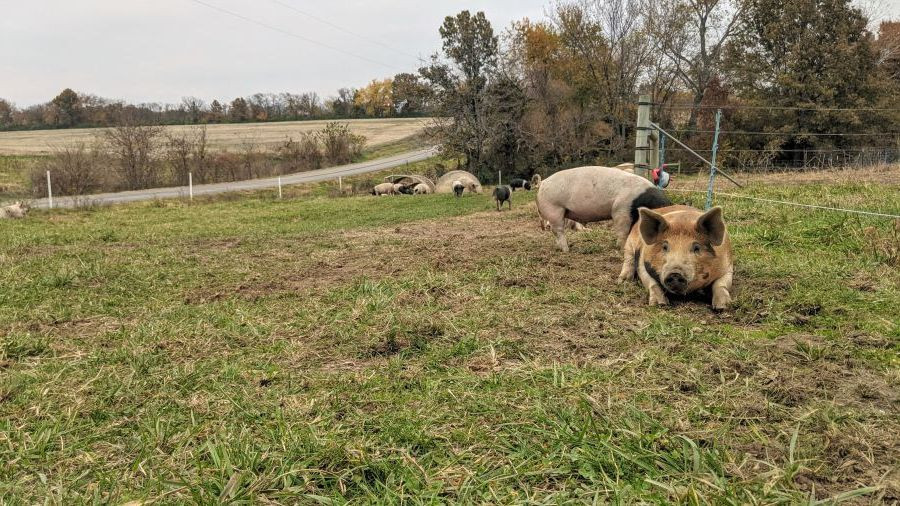Healthy Treats For Your Favorite Canine
posted on
February 8, 2022
Here are 3 pork items that your dog will love!
Not only is pork full of goodness for us humans, it has a lot to offer dogs, too!

Introducing: Pig Tails!
They contain Niacin, Phosphorus, Potassium, Magnesium, and Vitamin D, along with oil that helps out with a shiny coat! They're high in protein so they make a great snack or treat. (www.thedogschoice.com)
Next up are Pig Ears.
These are high in fat, and help keep your dogs teeth clean by scraping away plaque and tartar! (www.bullystick.com and www.dogtrainingnation.com)
And last on this plate is Pork Liver.
Liver is such a power food for both humans and dogs. Full of life enriching vitamins and minerals like Vitamin A, Vitamin D, B Vitamins, Iron, Copper, and Zinc. Eating liver actually helps your liver!
Check out this site for more awesome benefits of feeding your dog liver.
They will also enjoy these chicken options:
Odds & Ends
- Chicken Feet - Good for their joints. (www.kipandtwiggys.com)
- Chicken Necks - Also good for joints, they contain calcium and high levels of phosphorous, as well as zinc, copper, magnesium, and iron.
- Chicken Hearts - Good source of vitamins and fatty acids. Helps with healthy skeletal system and coat. (www.simplefoodproject.com)
- Chicken Gizzards - Rich in cartilage and glucosamine, which is great for joint health and also contains other goodies like Iron, B12 and Zinc. (www.midogguide.com )
Muscle Meats
For cost-effective cuts that are also safe for dogs, we recommend feeding uncooked Chicken Wings or Drumsticks.
Your farmer,
Kaitlyn



